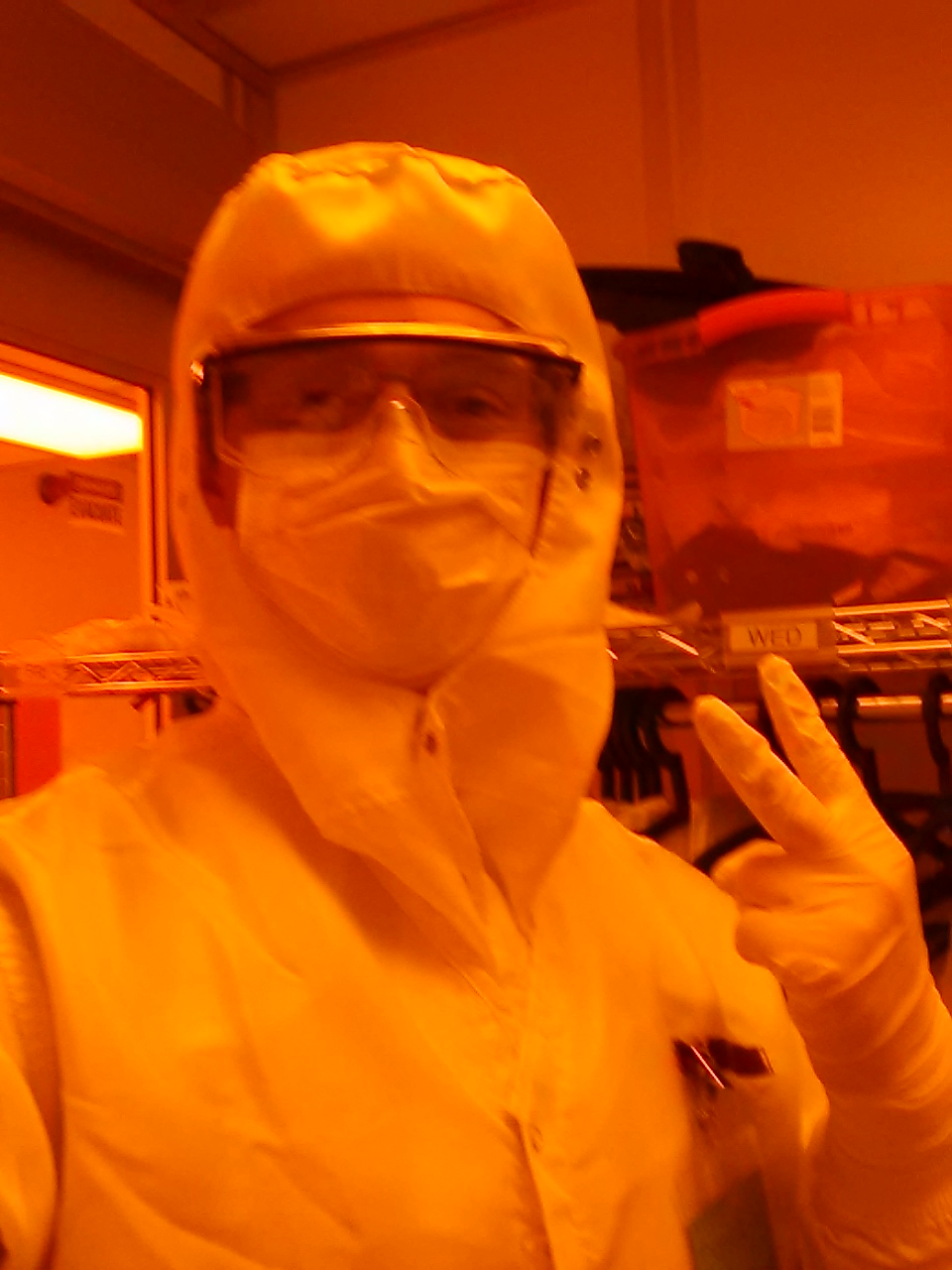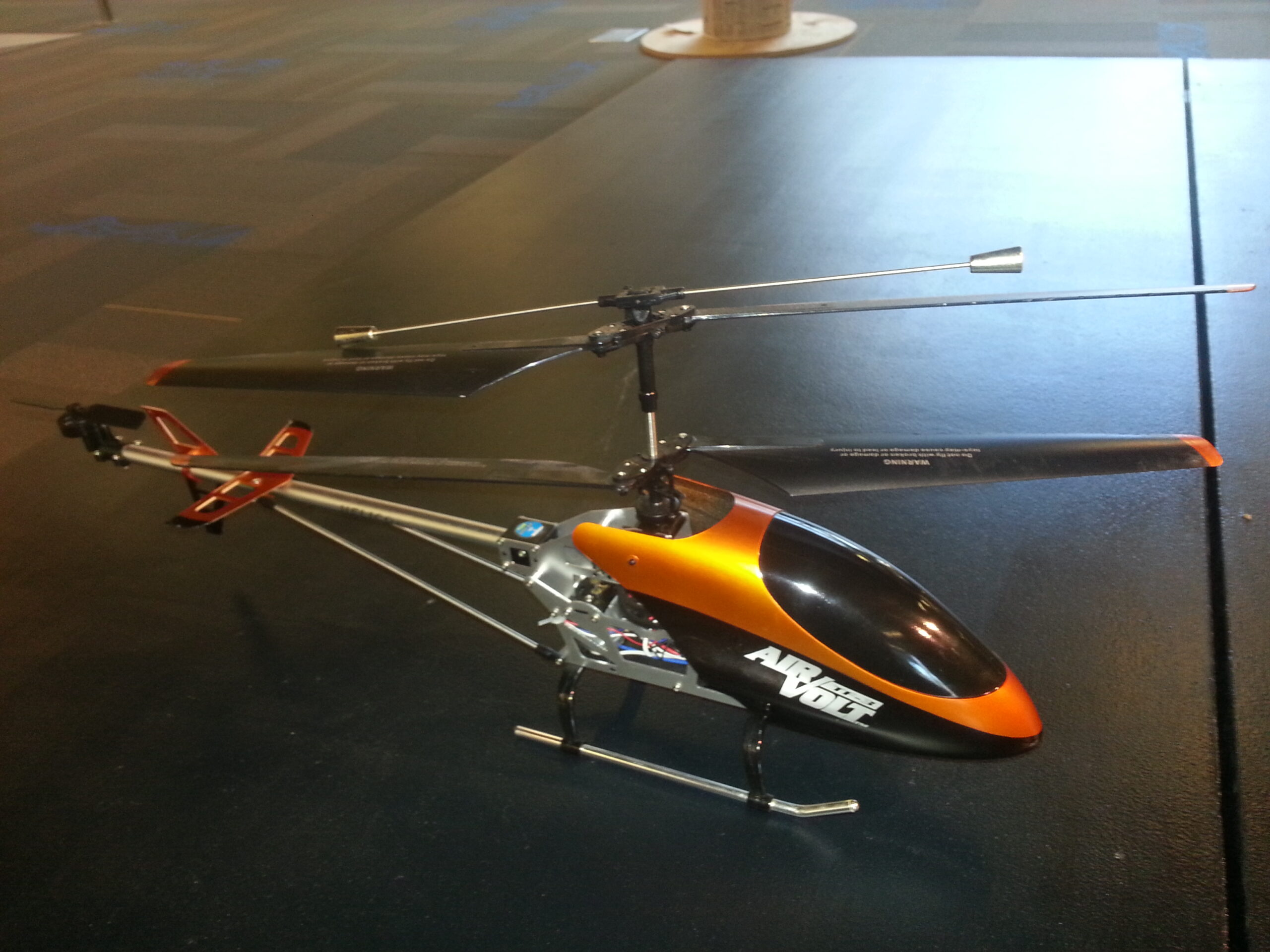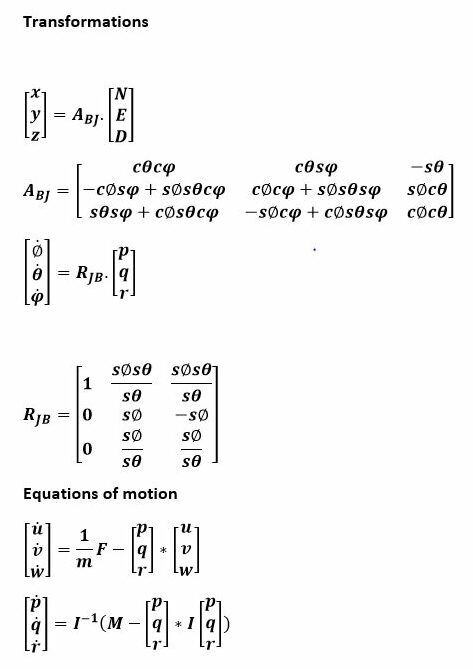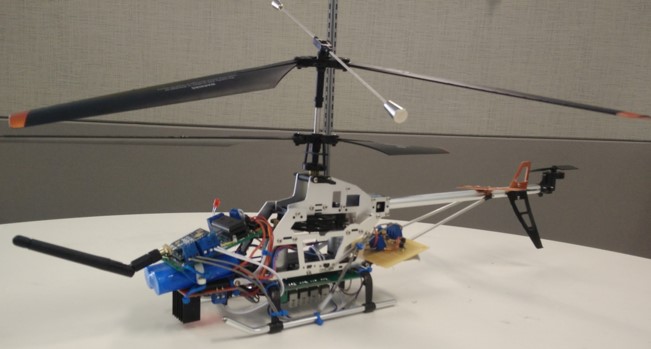For a while now I have hosted my website and websites of the past using some shared hosting provider. I have suffered common issues that have forced many to make the move to dedicated hosting. These issues include slow load times, WordPress page generation issues, and lack of control of the hosting platform itself. However dedicated hosting isn’t exactly cheap and you still don’t have full control over your hosting platform.
Recently after experimenting with virtualization technologies at home on my private homelab, I was curious to see if commercial private virtualization offerings have dropped in price enough to consider renting a VPS (Virtual Private Server) and dropping my shared hosting plan.
For those who haven’t heard, a VPS provider provides you with a private virtualization service. They basically host a virtual machine that acts like a real server sitting in their data center. You are provided administrator access to the server and can set it up to do whatever you wish. Popular uses are web hosting, video gaming servers, private VPN service, experimentation, and the list goes on to include anything would want to do with a server.
After some research I came up with a few popular providers that ranged in price but where all surprisingly low priced. In the end I narrowed it down to linode.com, RamNode.com, and DigitalOcean.com. They all stored their data on speedy SSDs and had a huge range of offerings varying from slower low RAM and CPU offerings to the high powered offerings containing up to 64 GB of RAM and 20 CPUs at the time of this write-up. I’ll leave the comparison shopping up to you if you are interested in getting your own VPS.
In the end I decided to go with DigitalOcean’s $5 a month plan. It seems to be plenty fast for web hosting. RamNode did have one cheaper offering at $3.50 a month, but at only 256 MB of ram, I was concerned about the viability of hosting a WordPress site there. For $5 a month I get just enough but nothing more, and it has worked beautifully; not to mention that DigitalOcean’s admin interface is extremely simple to use and cleanly designed making getting setup a breeze. They offer a range of Linux OSs and several Ubuntu server based images with things like a LAMP (Linux, Apache, MySQL, PHP) setup preconfigured to save you time.
My load times have dropped by an order of magnitude on my blog and easily by double or quadruple on my HTML pages. The freedom of full control over my hosting server has also been a refreshing change of pace. No longer do I have to pester the hosting service if something isn’t working. Although if something does go wrong, don’t expect anyone but yourself to be the one fixing it. DigitalOcean provides the hardware but you setup the VPS on your own.
I would head over heels recommend a VPS based hosting solution to anyone with the confidence to setup a Linux based web hosting machine on their own. While it’s not quite as easy for the average user as shared hosting, if you have the ability it doesn’t make sense to stay with shared hosting in my opinion.
Thanks for reading and happy VPS…ing!
A shameless plug: If you do decide DigitalOcean is your VPS provider of choice, don’t be afraid to click my referral link (https://m.do.co/c/ee39027a4156) when you sign up. You will immediately get $10 credited to your account and of course it helps me out.















